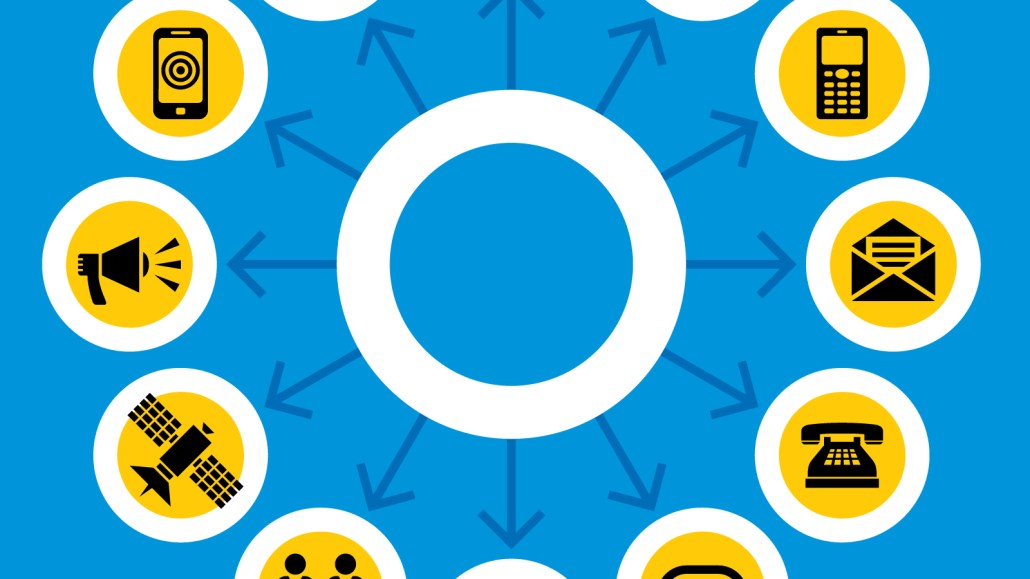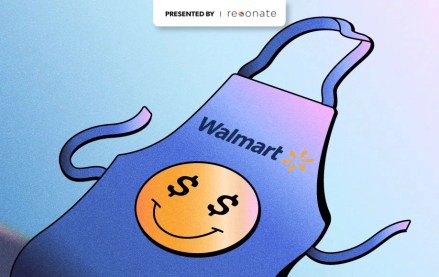
The honeymoon for native ads is ending. Marketers eventually get around to demanding, “Show me the metrics.” The problem with native ads is figuring out what metrics constitute success. Publishers are trying to get out in front on this, providing reports to advertisers that are in the language of publishing.
Forbes, for example, is starting to give advertisers in its Brand Voice platform two new dashboards to provide better metrics. One will provide statistics for brand content, like top posts, pageviews, total visitors, repeat visitors. Basically, publisher metrics. The other is a social dashboard, providing data about how well content does on social networks from social actions to social referrals. The bet is that when clients like SAP say they want to be publishers, they mean it.
“I think the publisher stats are the first point of departure for these marketers on how it’s all working for them inside that set of key indicators that are most important to them,” said Mike Perlis, CEO of Forbes. “All of these elements that are important to a publisher are important to a brand. The specifics of how that works against their key indicators, that depends on what they’re trying to accomplish. We’ll work with them to adjust these stats against their key metrics.”
Other publishers running similar types of sponsored content are reporting to brands similar metrics, which are more akin to publishing measures than the typical brand measures like clicks, impressions, and lifts in consideration and purchase intent. Your average marketing manager is not used to gauging success in pageviews and shares.
Brands seem to be OK with getting publisher metrics for native advertising. Michael Brenner, vp of marketing and content strategy at SAP, said that the company’s main objectives around its content marketing efforts include reach, engagement and conversion, looking at metrics like pageviews, uniques, and topics which are popular among the audience. He said SAP also looks at pages per visit, bounce rate and social actions like shares and comments.
“We track every potential conversion on our owned properties SAP.com, Business Innovation blog, and the SAP Community Network including subscribers, registrations, and clicks to our chat or store,” Brenner said. “For external sites where we might place sponsored content we typically have a single call-to-action that acts as our conversion. This might include a link to one of our websites, an upcoming event or a thought leadership offer.
BuzzFeed, perhaps the poster-child for the native ad movement, has been offering brands and agency publishing metrics for a while as a way to educate and soothe nerves. It gives them pageviews, top referrers, top search terms and viral views from its dashboard.
But not all brands are so gung-ho on acting like media companies. Let’s face it: They’re doing these content programs in order to eventually sell more products or services. Gawker skips the soft publisher metrics in favor of keeping with the language of marketers. It tallies up clicks and boasts that sponsored content results in a viewthrough rate of 10-25 percent, according to James Del, who heads up Gawker’s content studio.
The Atlantic, no stranger to sponsored content controversy, said explaining to brands how to measure native ads is an ongoing education process. But it’s happening, said Scott Havens, president of The Atlantic Media Company.
“The tools that judge success and efficacy for campaigns need to change,” Havens said. “It’s different than a box or banner ad. Those metrics came come over too, but brands are publishing thought leadership content to our audience and they want to see how people are reading. To me it makes total sense that the metrics would shift along with it.”
Image via Shutterstock
More in Media

Meta AI rolls out several enhancements across apps and websites with its newest Llama 3
Meta AI, which first debuted in September, also got a number of updates including ways to search for real-time information through integrations with Google and Bing.

Walmart rolls out a self-serve, supplier-driven insights connector
The retail giant paired its insights unit Luminate with Walmart Connect to help suppliers optimize for customer consumption, just in time for the holidays, explained the company’s CRO Seth Dallaire.

Research Briefing: BuzzFeed pivots business to AI media and tech as publishers increase use of AI
In this week’s Digiday+ Research Briefing, we examine BuzzFeed’s plans to pivot the business to an AI-driven tech and media company, how marketers’ use of X and ad spending has dropped dramatically, and how agency executives are fed up with Meta’s ad platform bugs and overcharges, as seen in recent data from Digiday+ Research.





